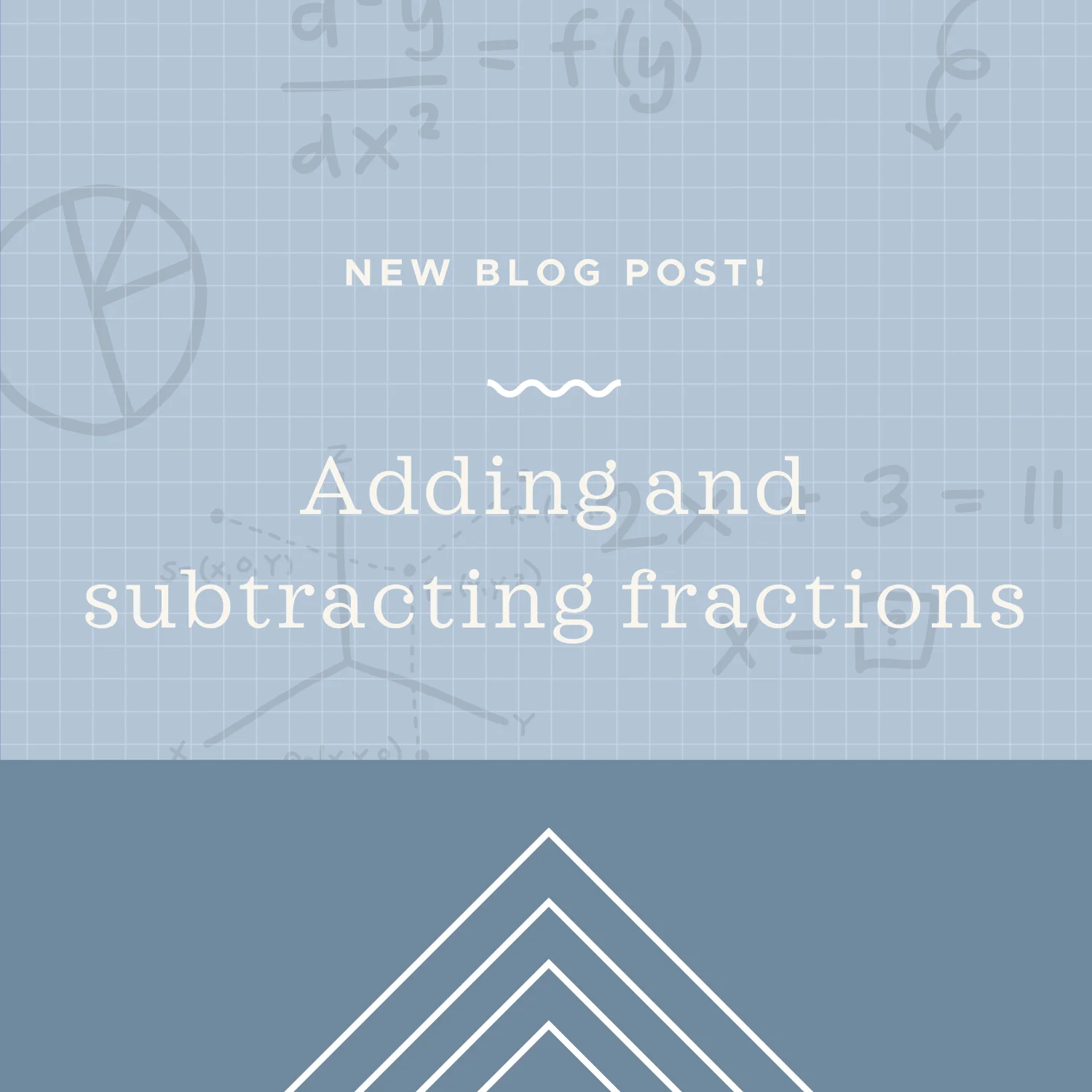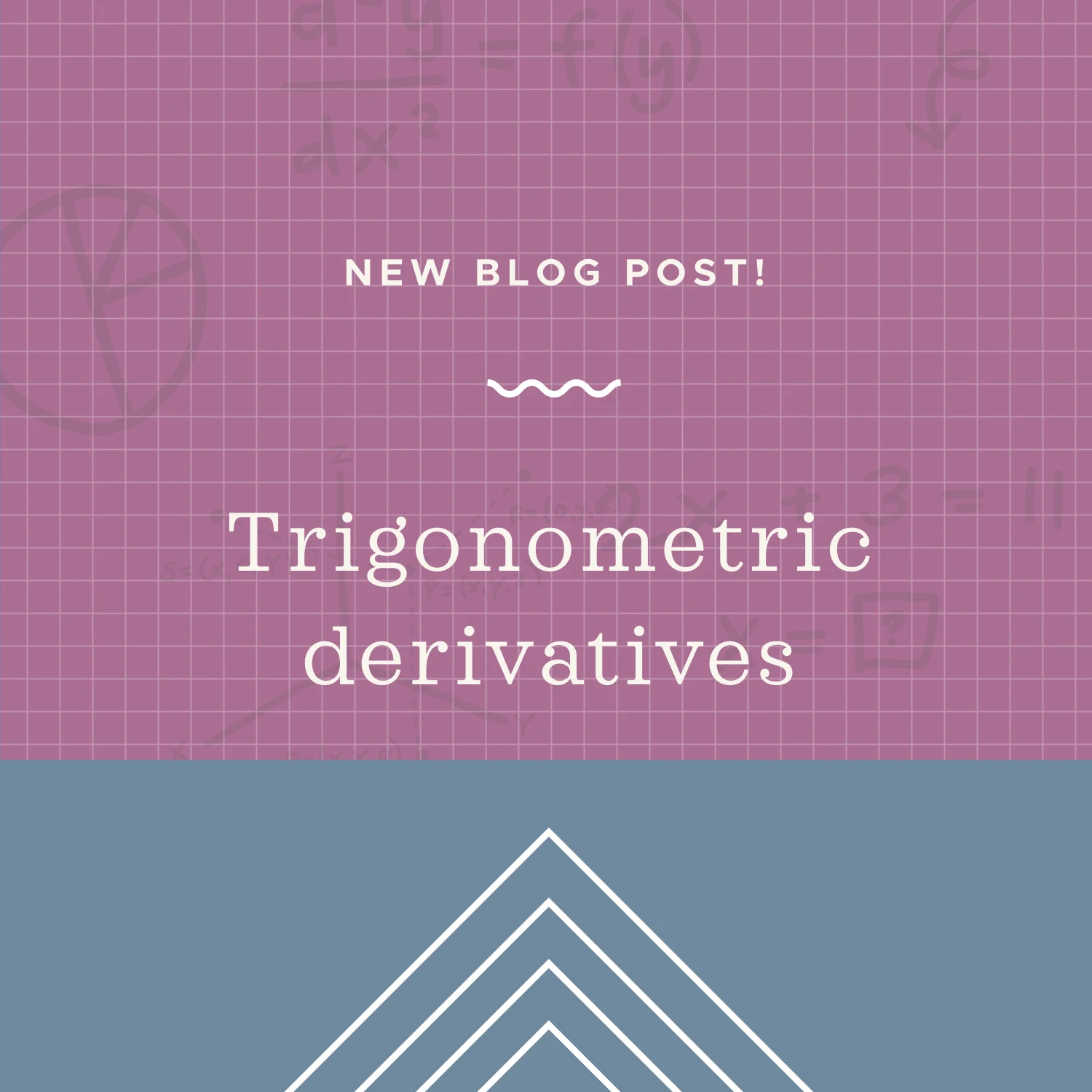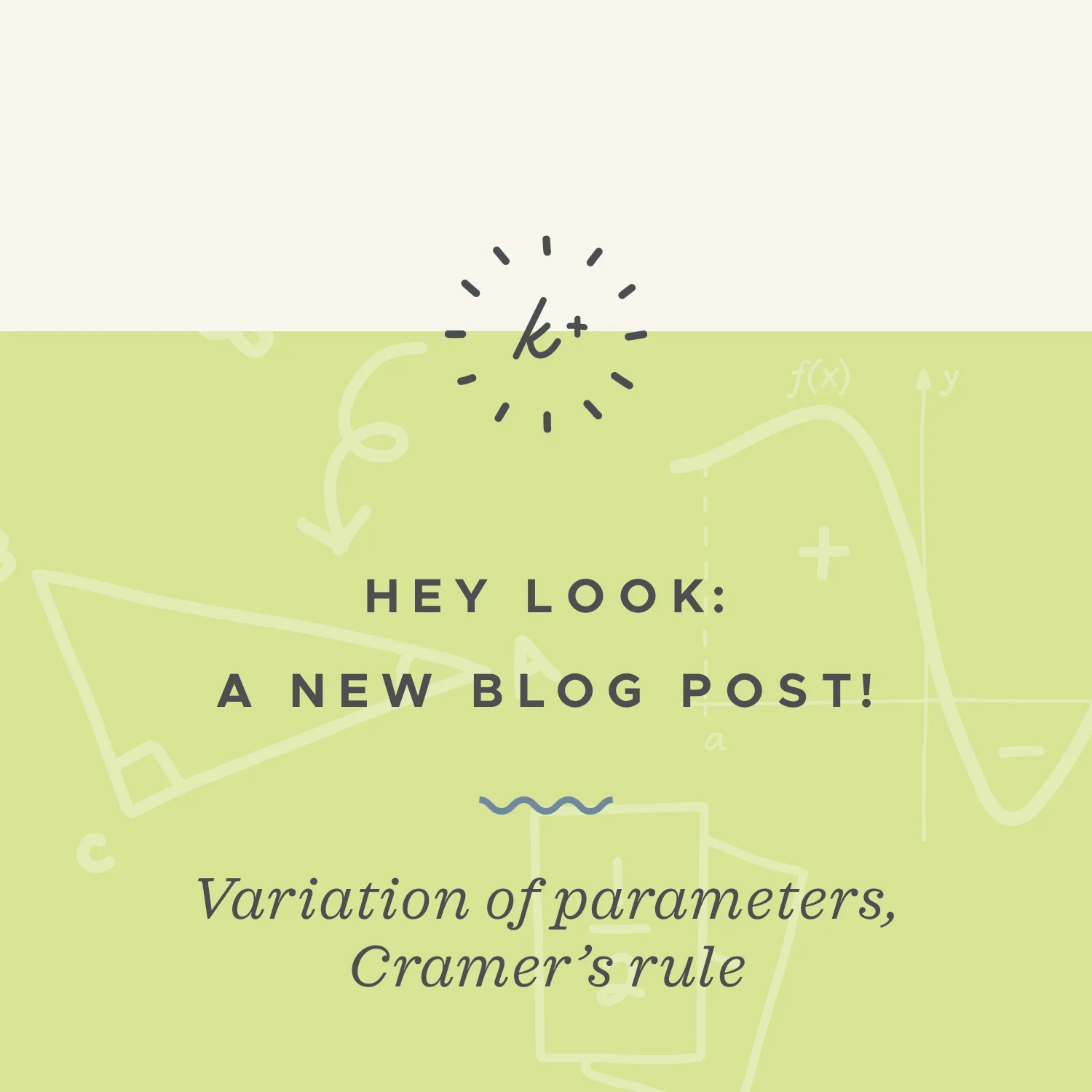When you have complex fractions as a proportion you can solve for the variable or rewrite them by using cross multiplication. After cross multiplication, you’ll end up with a fraction set equal to another fraction, and you can then use cross multiplication a second time.
Read MoreWord problems can seem to be tricky at first. What is the problem actually asking you to do? There are certain phrases that always mean the same operation in math. The table below will help you learn common phrases in math and what operations they represent.
Read MoreRemember that you learned previously that a prime number is a whole number greater than 1 which is divisible by only 1 and itself. In contrast, a composite number is a whole number greater than 1 which is divisible by 1 and itself, but also by at least one other number. This lesson is all about prime factorization and product of primes, so we’ll define what these mean. Before we do that, however, we need to talk about factors.
Read MoreNewton’s method lets us approximate the solution of a function, which is the point where the function crosses the x-axis. Keep the following in mind when you use Newton’s method: 1) The function must be in the form f(x)=0, 2) The more approximations we take, the closer we’ll get to the actual solution, and 3) For each approximation, we have to use our answer from the previous approximation.
Read MoreA common factor of two positive whole numbers is a number that divides evenly into both of them. Their greatest common factor (sometimes abbreviated GCF) is the largest number that divides evenly into both of them. Another name that’s used for “greatest common factor” is “greatest common divisor” (sometimes abbreviated GCD).
Read MoreWe already know how to separate variables in a separable differential equation in order to find a general solution to the differential equation. When we’re given a differential equation and an initial condition to go along with it, we’ll solve the differential equation the same way we would normally, by separating the variables and then integrating. The constant of integration C that’s left over from the integration is the value we’ll be able to solve for using the initial condition.
Read MoreIn this lesson we’ll look at arcs of circles and how to find their measure. An arc is part of the circumference of a circle. There are three types of arcs: 1) Minor arcs are less than 180º, 2) Major arcs are more than 180º, and 3) Semi-circular arcs are exactly 180º.
Read MoreIn this lesson we’ll look at how to reduce rational expressions and how cancelling can be a useful technique to help us reduce them. To reduce a fraction or a rational expression there must be a common factor in all of the parts that are being added or subtracted.
Read MoreAdding and subtracting like terms is also known as combining like terms. Like terms are variables that have the same letter and same exponent. But like terms can have different coefficients. In other words, think about 3x^4+2x^4 as something like “3 apples + 2 apples,” where “apples” represents the x^4 term. We can simplify polynomials by looking for like terms and combining them together.
Read MoreThe integral test for convergence is only valid for series that are 1) Positive: all of the terms in the series are positive, 2) Decreasing: every term is less than the one before it, a_(n-1)> a_n, and 3) Continuous: the series is defined everywhere in its domain. The integral test tells us that, if the integral converges, then the series also converges. But if the integral diverges, then the series also diverges.
Read MoreWhen the denominators are unequal, we have to find a common denominator before we can add or subtract the fractions. To find a common denominator, we need to find the least common multiple (LCM) of the denominators. Then we can use the LCM as our common denominator. In fact, we call that the “least common denominator,” because it’s the smallest common denominator we can use.
Read MoreTo test for functions, we need to make sure that there’s only one y-value for every x-value. Visually, when you look at the graph of a relation, you can see whether every x-value is related to only one y-value by using the Vertical Line Test: Any (and every possible) vertical line may intersect with (cross) the graph at most once. We say “at most once,” because even if the relation is a function, the vertical line that crosses the x-axis at any number x that isn’t in the domain of the function won’t intersect the graph of the function at all. If some vertical line crosses the graph more than once, then the graph has failed the Vertical Line Test and the relation isn’t a function.
Read MoreWe already know that we can use double integrals to find the volume below a surface over some region R=[a,b]x[c,d]. We can define the region R as Type I, Type II, or a mix of both. Type I curves are curves that can be defined for y in terms of x and lie more or less “above and below” each other. On the other hand, Type II curves are curves that can be defined for x in terms of y and lie more or less “left and right” of each other.
Read MoreThe best way to solve for the area inside both polar curves is to graph both curves, then based on the graphs, look for the easiest areas to calculate and use those to go about finding the area inside both curves. We’ll solve for the points of intersection and use those as the bounds of integration.
Read MoreWe’ve learned about the basic derivative rules, including chain rule, and now we want to shift our attention toward the derivatives of specific kinds of functions. In this section we’ll be looking at the derivatives of trigonometric functions, and later on we’ll look at the derivatives of exponential and logarithmic functions.
Read MoreA chord of a circle is a line segment that has both of its endpoints on the circumference of a circle. The intersecting chord theorem says that the product of intersecting chord segments will always be equal, so we can use this theorem to solve problems involving chords of circles.
Read MoreWe already know how to simplify a fraction to lowest terms. We just pull out the common factors from the numerator and denominator, cancel those out, and what’s left is the fraction simplified to lowest terms, resulting in an equivalent fraction.
Read MoreIn this lesson we’ll look at angles whose sides intersect a circle in certain ways and how the measures of such angles are related to the measures of certain arcs of that circle.
As we work through this lesson, remember that a chord of a circle is a line segment that has both of its endpoints on the circle. Besides that, we’ll use the term secant for a line segment that has one endpoint outside the circle and intersects the circle at two points. Finally, we’ll use the term tangent for a line that intersects the circle at just one point.
Read MoreIn this lesson we’ll look at how to solve equations with numerical fractions as coefficients and terms. To clear a fraction from an equation, multiply all of the terms on both sides of the equation by the fraction’s denominator.
Read MoreLike the method of undetermined coefficients, variation of parameters is a method we can use to find the general solution to a second-order (or higher-order) nonhomogeneous differential equation. We’ll look at variation of parameters, as well as how to use Cramer’s rule with variation of parameters.
Read More





















